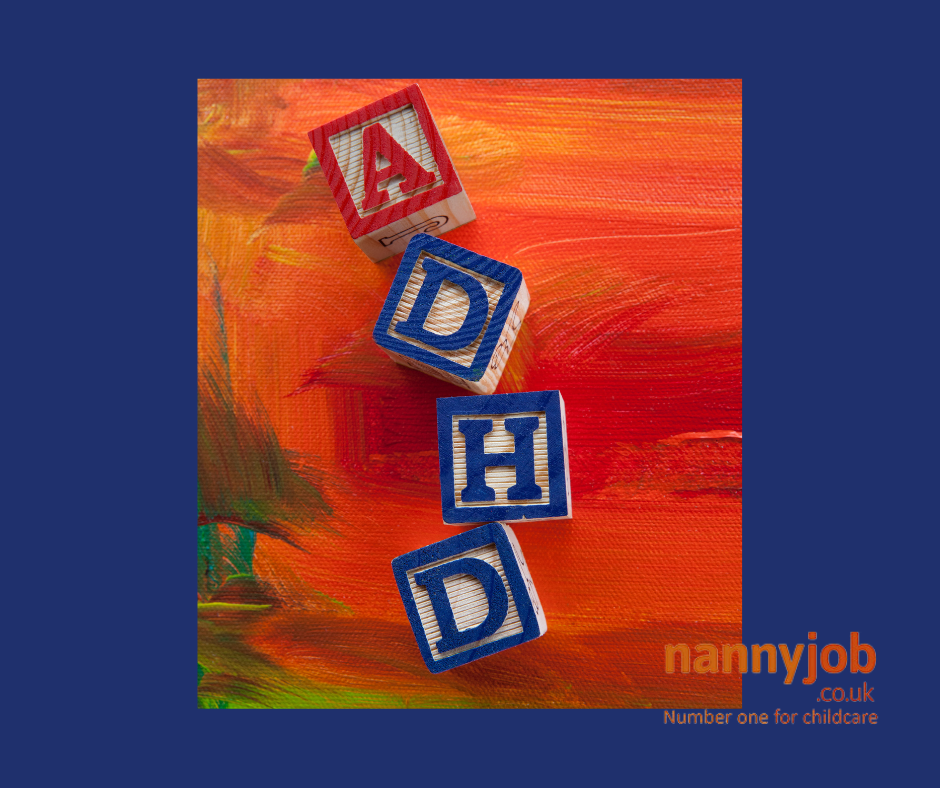Introduction
Baking Week is the perfect opportunity to get children excited about being in the kitchen! 🍰 From measuring ingredients to decorating cupcakes, baking is a fun, hands-on activity that helps children develop skills like measuring, counting, and following instructions. Plus, it’s a great way to spend quality time together. Here are some easy-to-do recipes and tips for encouraging children to enjoy baking.
1. Make Baking Fun and Interactive
Turn baking into a game by letting children choose the recipes and ingredients. Explain each step as you go, and let them do as much as they can independently, from mixing batter to cracking eggs. It’s okay if things get a little messy—that’s part of the fun!
2. Choose Simple, Kid-Friendly Recipes
Start with simple recipes that don’t require too many ingredients or complex techniques. Here are a few ideas:
- No-Bake Chocolate Oat Bites: Mix oats, cocoa powder, honey, and a little peanut butter. Roll into bite-sized balls and refrigerate. A healthy and easy treat!
- Mini Pizzas: Use English muffins or pita bread as the base. Let kids spread sauce, sprinkle cheese, and add their favorite toppings.
- Banana Bread Muffins: Combine mashed bananas, flour, sugar, eggs, and a pinch of cinnamon for delicious, fluffy muffins.
3. Teach Basic Kitchen Safety
Before starting, teach children about kitchen safety, such as using oven mitts, handling utensils properly, and the importance of washing hands. Supervise closely when using the oven or any appliances.
4. Get Creative with Decorations
Let children unleash their creativity by decorating cookies, cupcakes, or cakes with icing, sprinkles, and edible glitter. This part of baking allows them to express themselves and take pride in their creations.
5. Make it a Learning Experience
Baking offers plenty of learning opportunities. Talk about measurements, teach them how to set a timer, and explain how ingredients like baking soda and yeast work. It’s a delicious way to sneak in some education!
Conclusion
Baking is a fantastic way to bond with children while teaching them valuable skills. Choose simple recipes, make it fun, and enjoy the time spent together in the kitchen. Happy Baking Week! 🍪👩🍳










